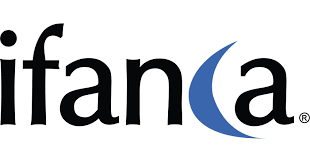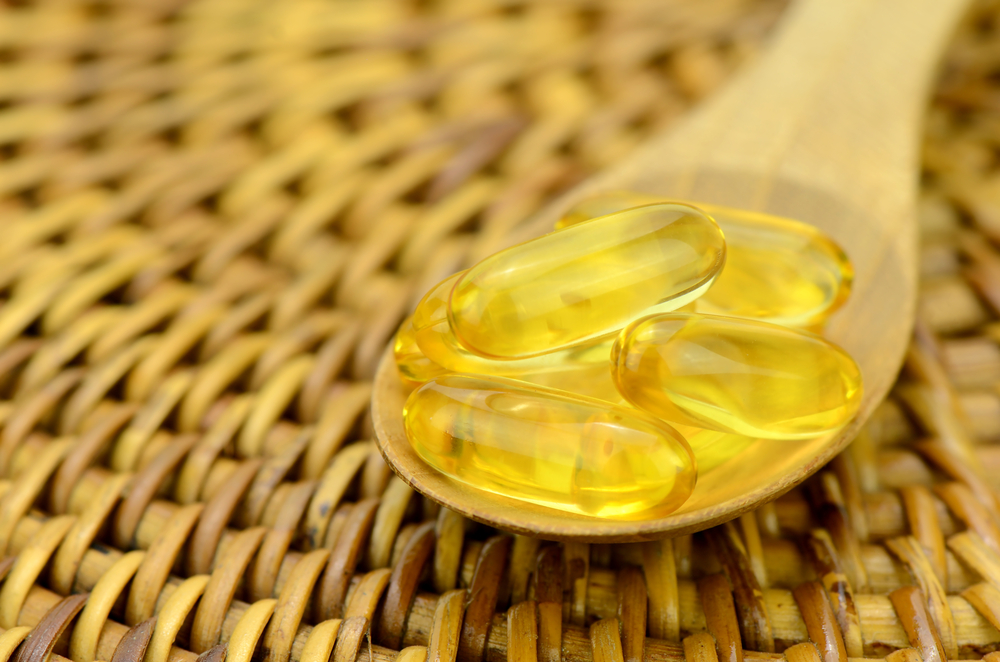
Addressing the demand for halal gelatin in food products
Photo: Oval-shaped soft gelatin capsules used in pharmaceutical manufacturing
The global gelatin market was estimated at $2.7 billion in 2015, and gelatin for use in pharmaceuticals and nutraceuticals, at $0.8 billion. Muslim spend accounted for an estimated 17 percent of total global food and beverage expenditurein 2014, but less than 3 percent of gelatin is made from halal or permissible ingredients. This means a clear demand for greater production of halal gelatin. What are the challenges and opportunities in developing halal gelatin?
| YOUR PAIN POINTS ADDRESSED | ASK YOURSELF | |
| Scenario: You are a manufacturer of gelatin-based food products and are seeking to launch new products that are halal. |
What opportunities are there for products using gelatin ingredients that are halal? |
What is the current market size for gelatin? What is the dominant source, and how does this impact Muslims? |
| What factors impact the availability of acceptable gelatin ingredients for Muslims? | ||
| What are the alternatives in addressing Muslim demand for gelatin-based products? | ||
A HIGH-GROWTH MARKET
The global gelatin market is projected to reach $3.2 billion and 486 metric kilotons by 2020, according to a 2015 report by Grand View Research. Based on a volume cumulative annual growth rate (CAGR) of 3.8 percent between 2014 and 2020, there was a market value in 2015 of $2.7 billion and a market volume of 403 metric kilotons.
Food and beverage is the largest application for gelatin, accounting for 28 percent of the total gelatin market value, implying a $0.8 billion market in 2015. According to Grand View Research, 45 percent of global production is being sourced from pig skin, 27 percent from bovine hide, and a further 27 percent from bovine bones.
Less than 1 percent of gelatin is from fish skin or scales, according to Roland Fischer of VALEMIS Performance Ingredients, Switzerland.
LIMITING FACTORS IMPACTING THE MARKET FOR HALAL GELATIN
A major drawback to the production of halal gelatin has been the lack of awareness among consumers that most gelatin is not halal, even if sourced from cow skin and bone.
“When people become more aware, the needs of people will change,” said Farhan Tufail, General Manager at Halal Certification Services, Switzerland.
“Right now, a lot of finished products are coming from Europe to Muslim markets, so it is a growing problem, as [the] products are made with non-halal gelatin,” added Tufail.
According to Fischer, the majority of gelatin is produced in non-OIC countries, with 40 percent in Europe, around 20 percent in North America, 18 percent in Latin America, and the rest divided between China, India, Russia, and Southeast Asia.
“European gelatin manufacturers are clearly the competence leaders in this industrial sector,” he observed.
In the OIC itself, there are few halal gelatin producers apart from leading halal food producers Indonesia, Malaysia, and Thailand.
In Turkey, for instance, despite being a majority Muslim country, there is just one halal gelatin producer, according to Ali Batu, a professor at the Department of Food Engineering, Mevlana University, Turkey.
Halal gelatin production in OIC countries is also being held back due to limited economies of scale, in part due to 85 percent of meat being imported.
“The problem comes from there not being enough slaughtered animals to collect the hide and bones to make gelatin,” said Tufail.
“An ample and sustainable source of raw material is a must if investing in a gelatin manufacturing plant is being considered,” said Fischer, who also noted that some 6 kilos of raw hide are needed for the production of 1 kilo of bovine hide gelatin.
Such investment is not cheap, for a gelatin production line can cost over $22 million. Costs for a halal facility are not significantly more than for a non-halal one, being primarily dependent on the local cost of bovine hide.
Specialized production and halal certification is only likely to raise costs by a few percentage points, Fischer added.
Such higher costs are acceptable, as halal certification makes the gelatin more trustworthy.
“The higher price gives it credibility and absolutely justifies the cost, which tends to be quite low when ‘amortized’ over time,” said Joe Regenstein, Professor of Food Science at Cornell University and Director of the Cornell Kosher and Halal Food Initiative.
ALTERNATIVES AND GROWTH OPPORTUNITIES
The concern over sourcing for gelatin in OIC countries has led to other alternatives being considered, such as fish, poultry, and sheep.
However, fish gelatin is around four to six times more expensive than porcine and bovine gelatin, according to Regenstein, and he has only heard “rumors” about sheep gelatin production.
As for poultry, producers have tried to develop production lines, but yields have been low and raw material costs high.
“Even with the most advanced extraction technologies, yield figures are not satisfactory and are not cost-efficient compared to bovine hide or porcine skin gelatin. Such circumstances are unlikely to be altered in the near future unless consumers are ready to pay more for food products processed with poultry gelatin,” said Fischer.
As poultry gelatin production is almost non-existent, a new market would have to be started from scratch, he added.
The greatest potential for halal gelatin, unless there are major breakthroughs, appears to be from bovine hide.
Non-OIC countries are the main suppliers of meat and thus have the economies of scale; therefore, any change in halal gelatin production will be focused on the current major producers: Europe and the Americas. Gelatin manufacturers need to cater to Muslim consumers or miss out on a significant and dynamic market segment.
“The discrepancies will intensify as the Muslim world becomes increasingly educated about the halal aspects in industrial food processing,” said Fischer.
“Multinational food manufacturers have looked at growing business opportunities in Muslim markets for a long time, and there’s been a gradual switch from porcine to bovine edible gelatin, as can also be observed in European countries. Obviously there will be difficulties [in getting an] ample supply of bovine edible gelatin to meet the strictest halal-requirements.”
| RECOMMENDED ROADMAP |
| Study the impact on your supply chain carefully: Determine the extent to which your ingredients are already halal. Do an impact study to determine what adjustments would have to be made and how feasible this would be. |
| Consult certifiers and get certification: Seek certification from a leading, internationally respected certifier, such as JAKIM or IFANCA, which follows strict, well-regarded standards for pharmaceutical products. |
| Build awareness around the issues: Engage with target consumers to gauge awareness and the importance of halal certification for food products. |
© SalaamGateway.com 2016

Paul Cochrane, Senior Associate, DinarStandard